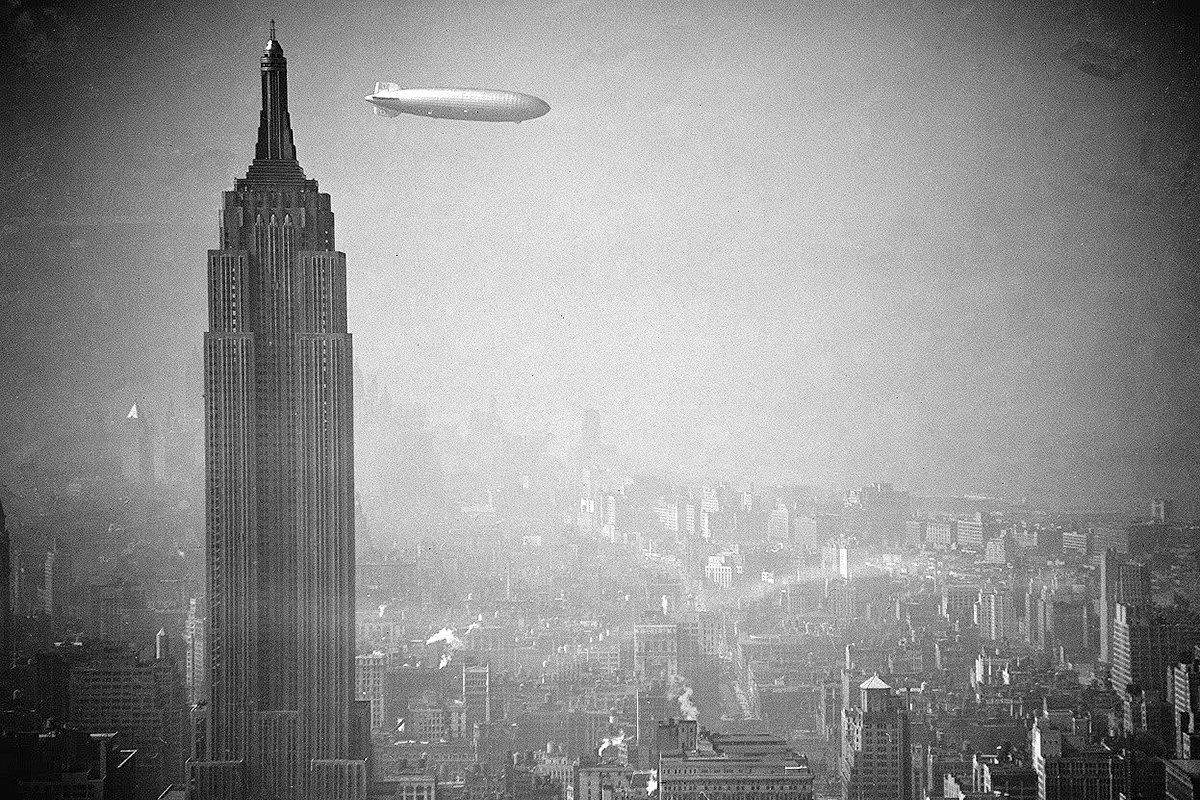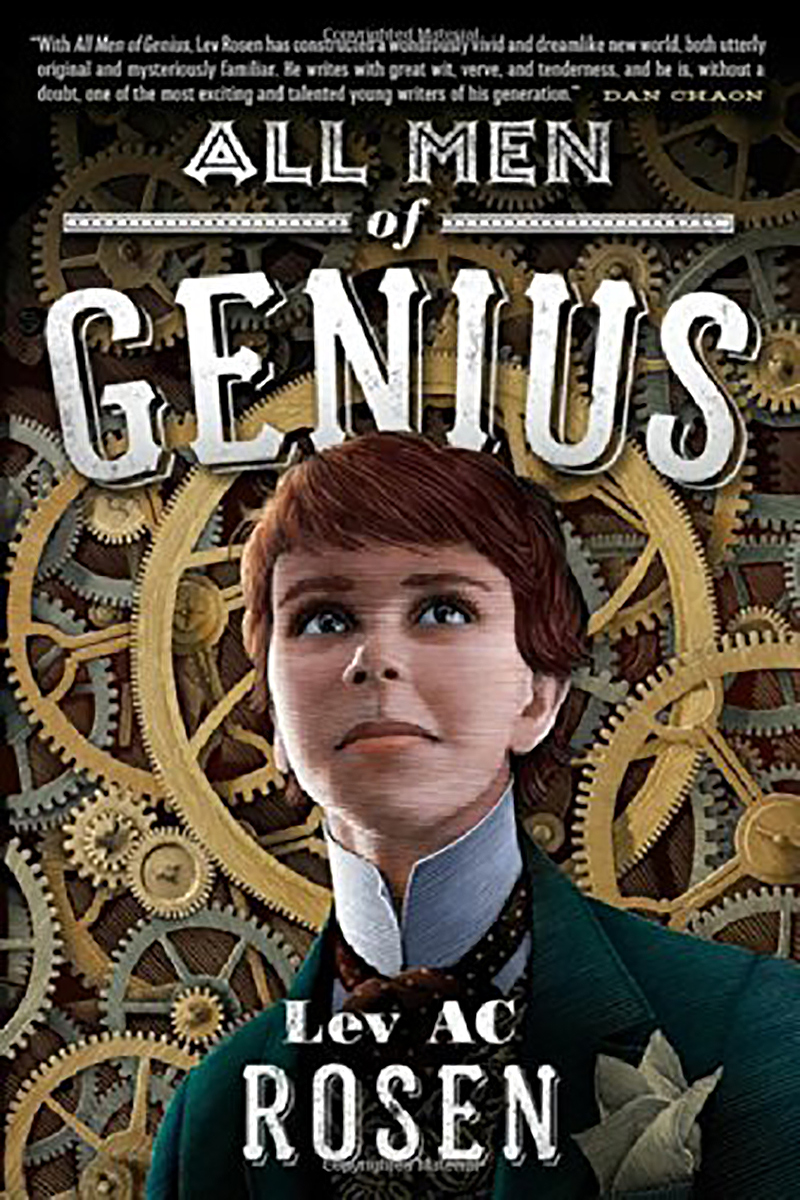K.W. Jeter’s Infernal Devices is a classic steampunk novel worth reading. Having been published in the early 1980s, it is was on of the earliest works of steampunk and has a lot of the themes that would connect steampunk works.
The author, Jeter, is considered a founding father of steampunk. He is famously credited with coining the term steampunk in an interview. Almost as an afterthought he said you might call the new movement something like “steampunk”. The term ended up sticking even if Infernal Devices faded into relative obscurity.
Infernal Devices is a fun steampunk mystery adventure whose main character, Dower, whose father was a mechanical genius, is made the recipient of a strange device allegedly constructed by his late father. It is delivered to him by a strange man who has brown leather skin and when cut bleeds sea water. This man under the leather outfit ends up being a fish-like creature the last of his kind. After the machine is left with him along with a coin with the image of “Saint Monkfish”, Dower begins his journey.
Dower then finds himself in the middle of a mystery. He learns of a strange neighborhood in London called Westwick and finds it with the help of the Saint Monkfish coin and a little dog.
Westwick is inhabited with hideous fish-looking people.
It gets stranger when after nearly being drowned by murderers he finds himself at a church where his father made mechanical automatons. This leads to chaos as the inhabitants of Westwick arrive: the fish-like people, who seem very interested in fishing magazines and fishing poles.
Who is Saint Monkfish? And who is the mysterious brown leather man who when cut bleeds salt water?
Oh, and there is the ultimate overused steampunk cliché: the violin-playing automaton. But because of Infernal Devices being a very early work in the steampunk canon, it will be given a pass.
There is also an memorable dog character named Able, who doesn’t do a lot but is something to root for.
The story has a Hitchhiker’s Guide to the Galaxy-meets-steampunk feel. For one looking to get a foundation in the roots of steampunk literature, this is an excellent work for that.





